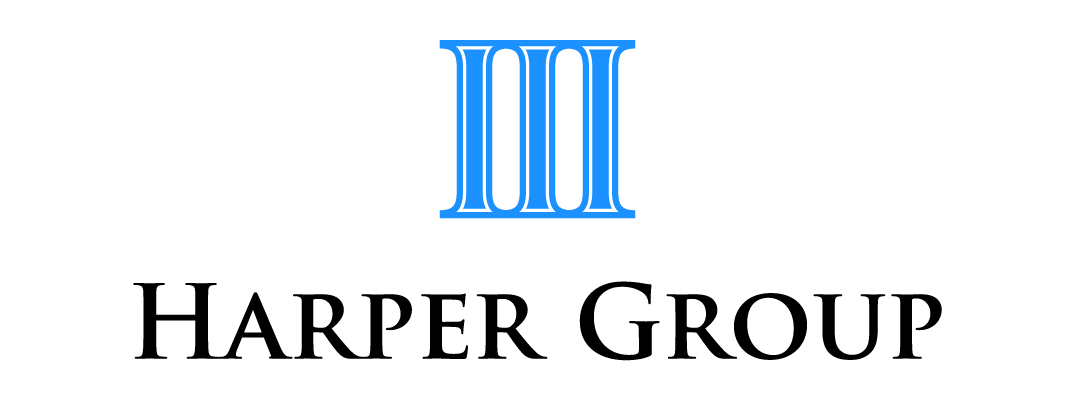ATO’s SMSF compliance focus for 2016-17
The ATO has announced the approach it intends to take over 2016-17 with regard to SMSF compliance. It says trustees will see some key shifts in the ATO’s emphasis, both in terms of the activities it undertakes and the levels of enforcement action it applies.
The ATO says its key focus areas will be:
- to support trustees who are willing to engage with it to self-correct and rectify regulatory issues in their fund
- to bring “more intensity and effort” to its compliance activities and enforcement actions in cases where trustees won’t engage with the ATO, and/or are deliberately and persistently not complying with their obligations, or are operating outside the system
- to bring more intensity and focus to activities that review and assess the independence and quality of SMSF audits together with stronger enforcement actions
- to maintain and build on strategies aimed at trying to help prevent non-compliance or other issues for SMSFs. This includes identifying at-risk new entrants into the system, contacting them to ensure they understand their obligations as trustees and taking “appropriate action” (which it says in some instances will mean removing them from the system)
- making it easier for SMSF trustees to comply with their regulatory and income tax obligations. The ATO says an example of this is the Practical Compliance Guide (PCG 2016/5, ask us for a copy if you are interested) which sets out the “safe-harbour” terms on which SMSF trustees may structure their LRBAs consistent with arm's-length dealing. The ATO is also developing further material intended to provide clearer guidance and illustrative examples, especially in relation to pension underpayments
Looking ahead, the ATO says it will also focus on supporting and assisting trustees to comply with any requirements that may arise from new measures put in place by the government.
Regulatory issues identified in auditor contravention reports
Regulatory contraventions reported to the ATO through auditor contravention reports (ACRs) are one of its key sources of intelligence about levels of compliance. The ATO has committed to consider every ACR that is submitted, but has also made clear that for the 2016-17 year, under some circumstances, its response will change.
In the 2015 income year, 22,000 contraventions were reported for 8,200 funds. Of these, the ATO says more than 50% of the contraventions had been rectified when reported in the ACR. Previously, following the receipt of an ACR, if the ATO assessed a fund as high risk, it would automatically select it for a comprehensive audit.
However this year the ATO says it will be changing this approach. Instead, where trustees are willing to engage with the ATO, they will be supported to self-correct and rectify compliance issues through the ATO’s “early engagement and voluntary disclosure service” and/or through targeted mail outs.
The ATO says this shift in emphasis, together with an increased focus on SMSF auditor independence and quality, will free it to focus on more intensive compliance activities and enforcement outcomes. It says the ongoing focus will be on:
- trustees who aren’t willing to engage with the SMSF regulator
- trustees who are deliberately and/or persistently not complying with their obligations
- trustees deliberately operating outside the system (for example, not lodging annual returns and/or undergoing an annual independent audit)
- trustees seeking to adopt aggressive income tax positions (for example, implementing dividend stripping arrangements, personal income diversion arrangements or other contrived arrangements involving related parties.
Also on the ATO’s radar
The ATO has also highlighted some of the schemes that trustees should watch out for, and which it is concerned about for the current financial year. These include:
- dividend stripping – where the shareholders in a private company transfer ownership of their shares to a related SMSF so that the company can pay franked dividends to the SMSF. The purpose is to strip profits from the company in a tax-free form
- non-arm’s length limited recourse borrowing arrangements (LRBAs) – when an SMSF trustee undertakes an LRBA established or maintained on terms that are not consistent with an arm’s-length dealing
- personal services income – where an individual (commonly with an SMSF in pension phase) diverts income earned from personal services to the SMSF where it is concessionally taxed or treated as exempt from tax.
Harper Group Pty Ltd Chartered Accountants Frankston Ph 03 9770 1547
Disclaimer: All information provided in this article is of a general nature only and is not personal financial or investment advice. Also, changes in legislation may occur frequently. We recommend that our formal advice be obtained before acting on the basis of this information.
